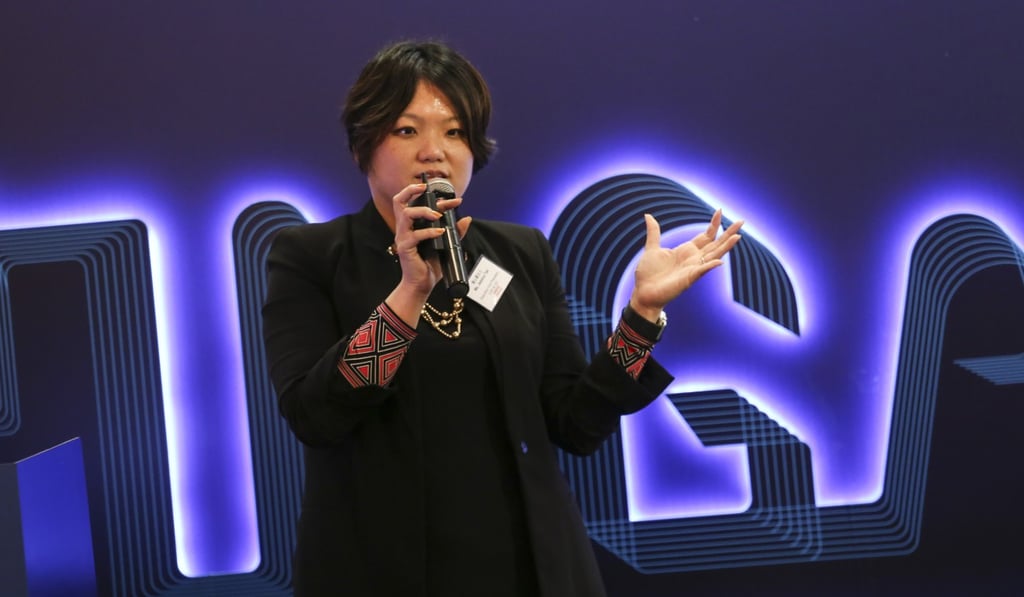Ping An to help spread adoption of artificial intelligence in China’s financial services industry

Ping An Insurance (Group) plans to accelerate adoption of artificial intelligence technologies across mainland China by bringing its latest advances to other financial services providers, even ahead of the company’s own subsidiaries.
Jessica Tan, chief operating officer at Ping An, said in a press conference on Friday that the strategy would help “level the playing field”, enabling smaller financial services companies to stay competitive in an industry where the country’s internet giants are rapidly expanding.
After pilot testing at Ping An-backed Lufax, the mainland’s biggest peer-to-peer lender, and at subsidiary Ping An Property and Casualty Insurance Company, the group wants to make its so-called voiceprint recognition system available simultaneously to its call centre operation and to other financial institutions.
“We are going to offer it to others even before the rest of the group’s companies,” Tan said.
That would differ from the initial strategy employed by Ping An, operator of the second-largest life insurance business on the mainland, for its facial recognition system that was first deployed at 17 of its 28 subsidiaries.

The group expects voiceprint recognition to enhance how facial recognition has improved the speed and accuracy of identifying financial services customers.